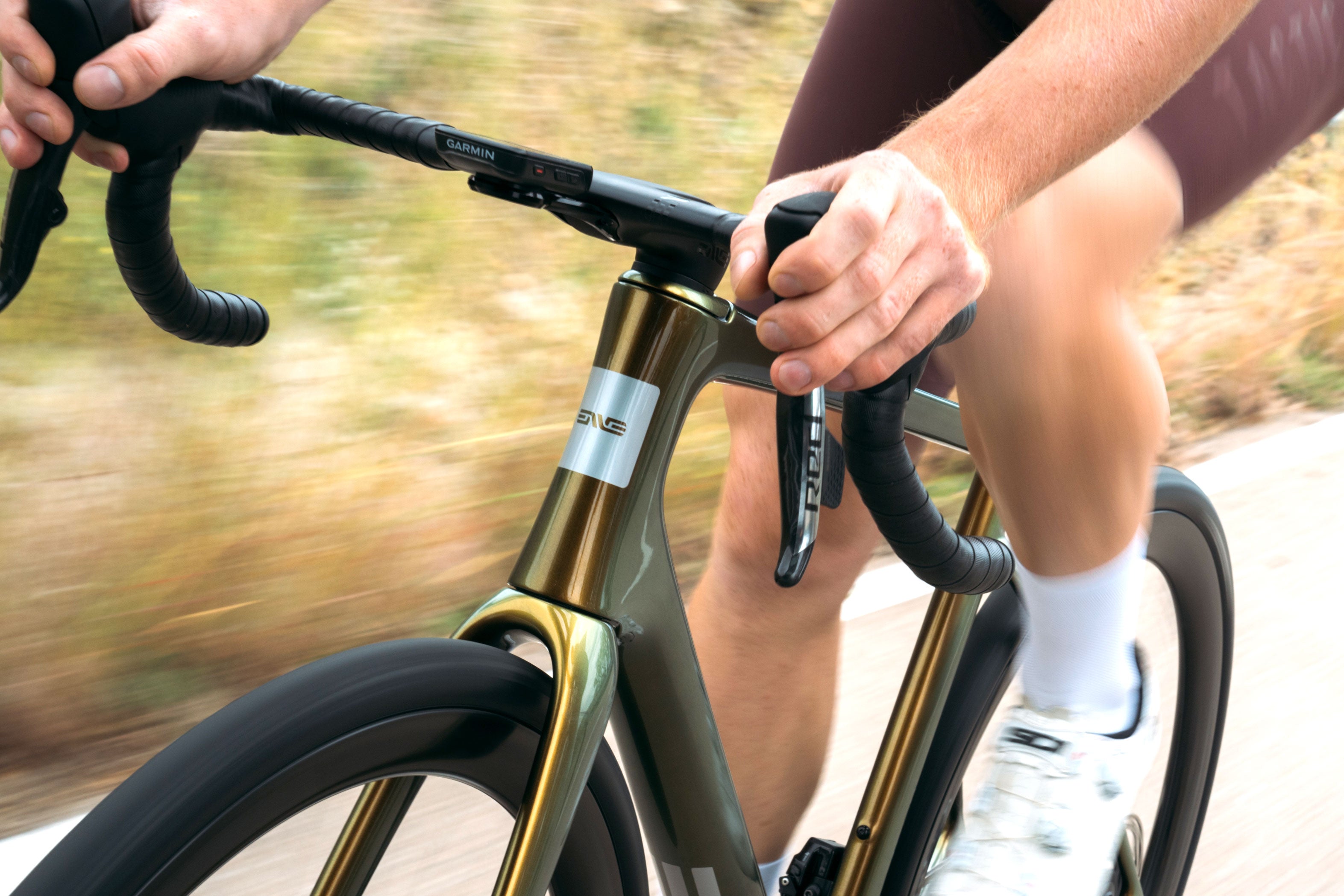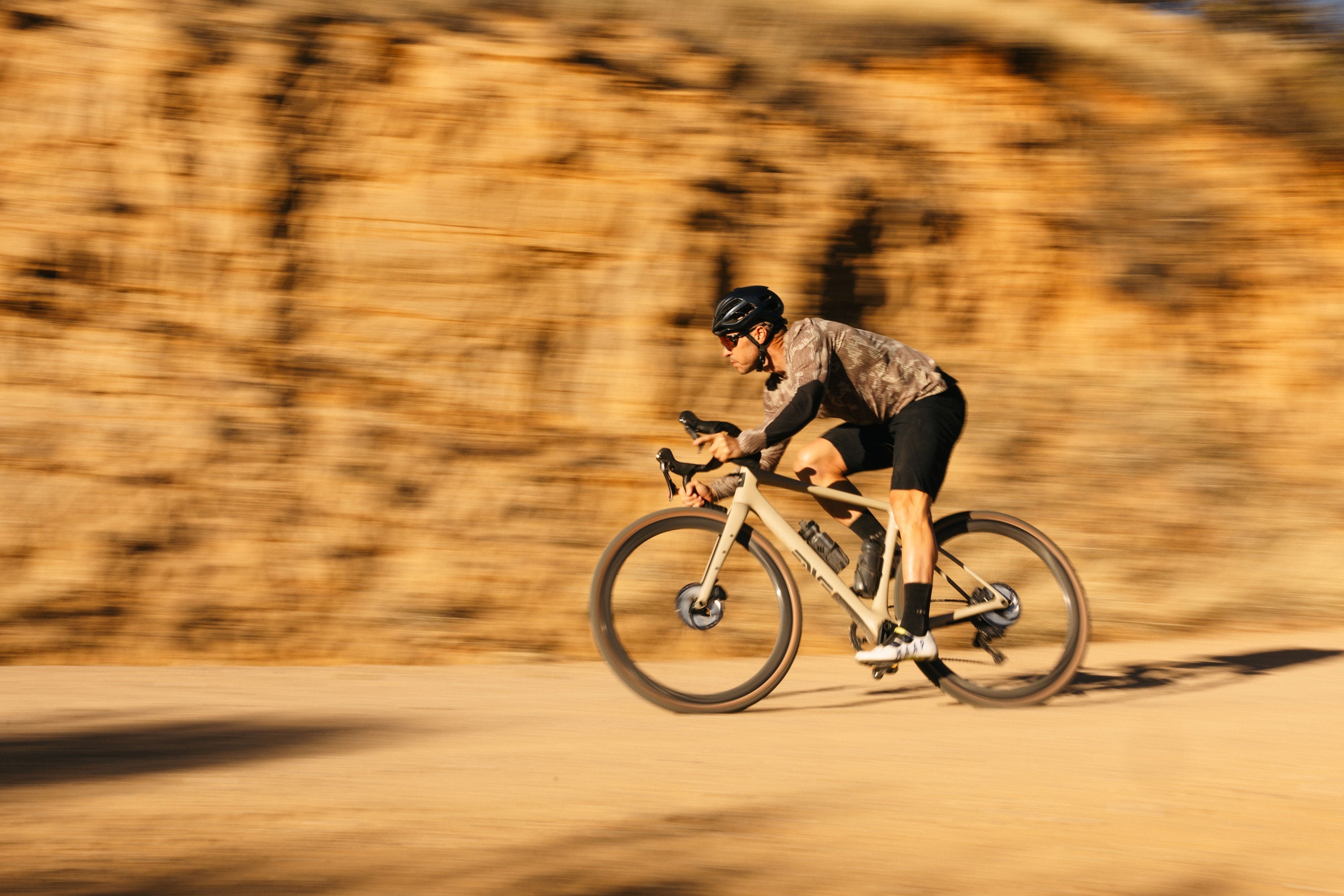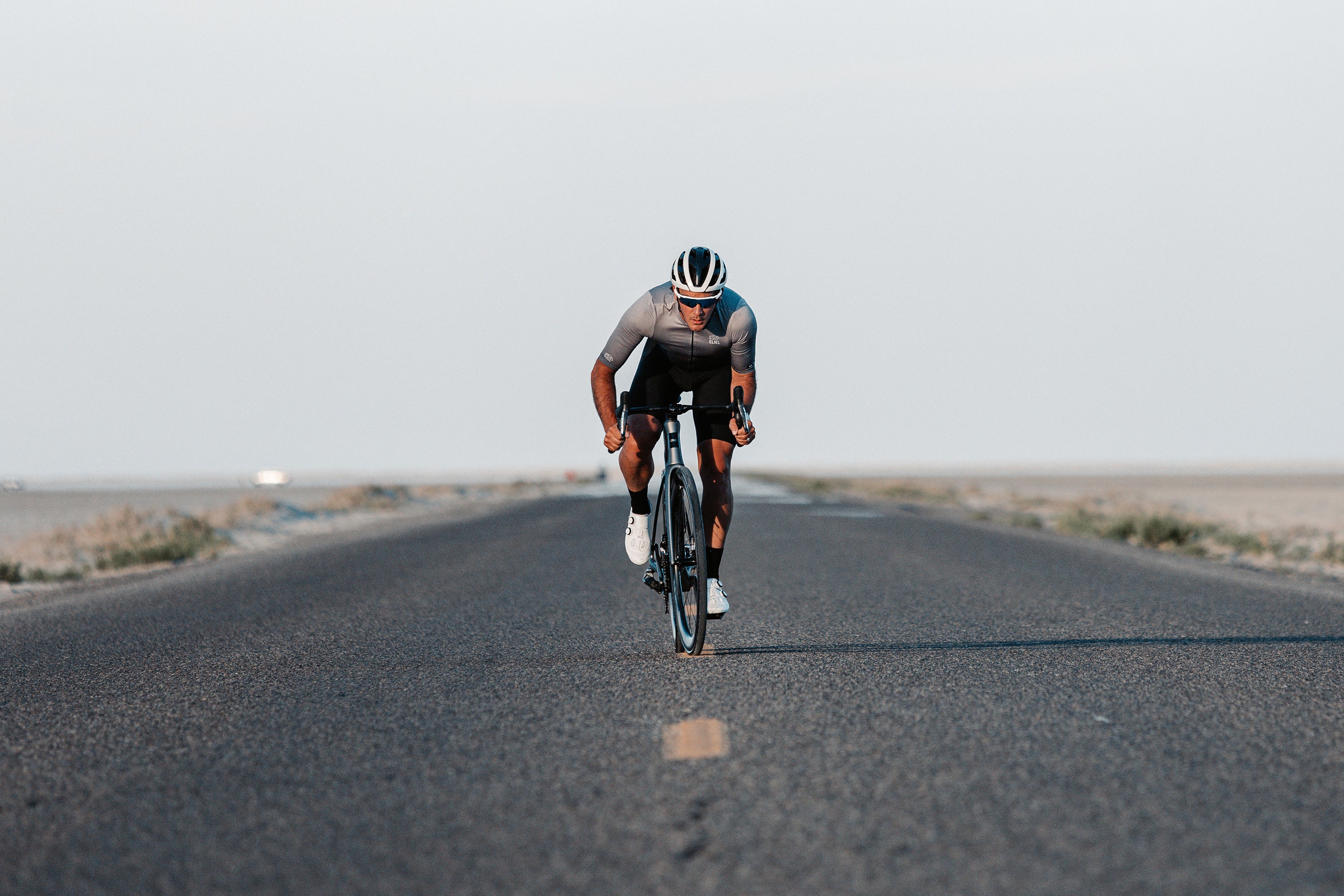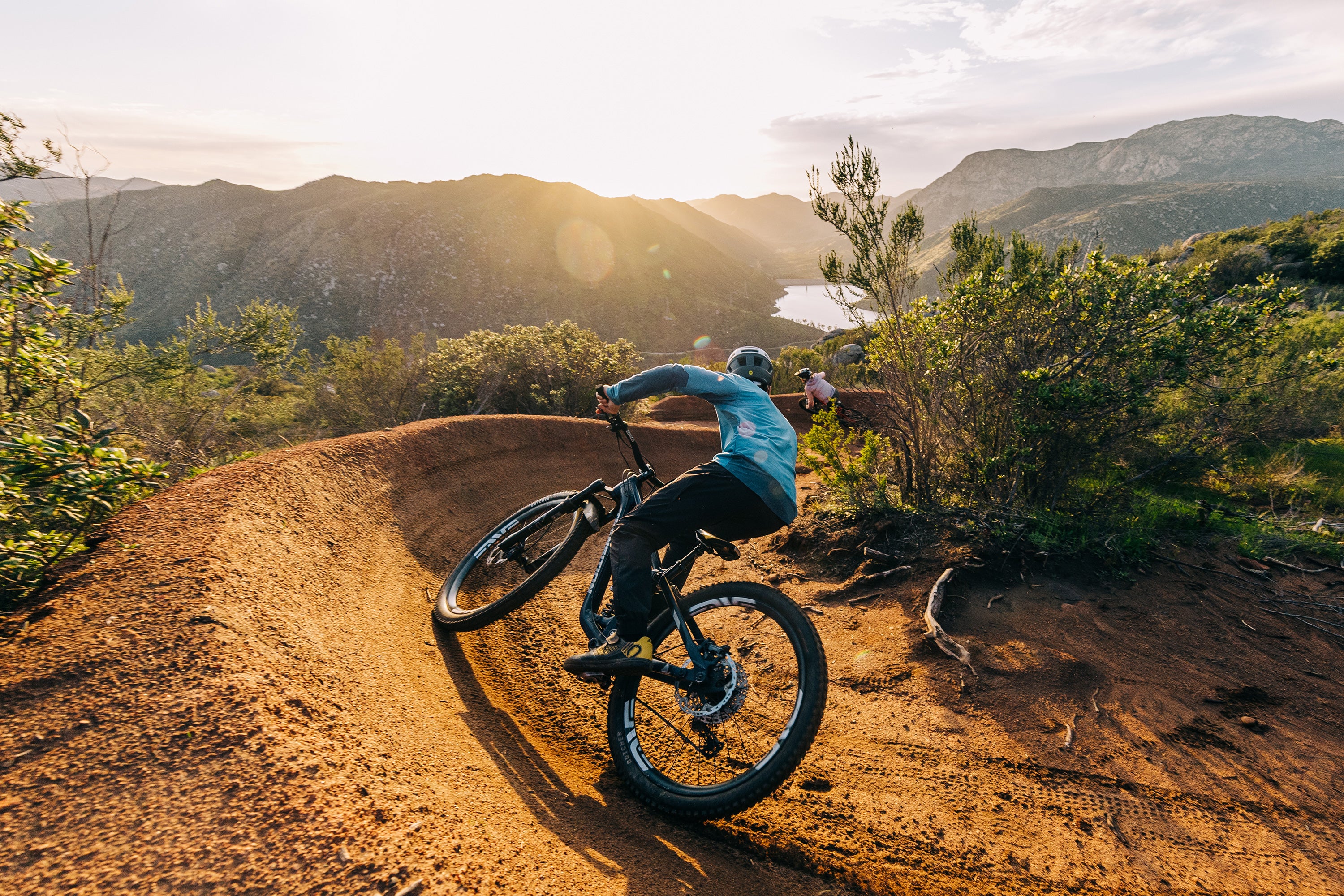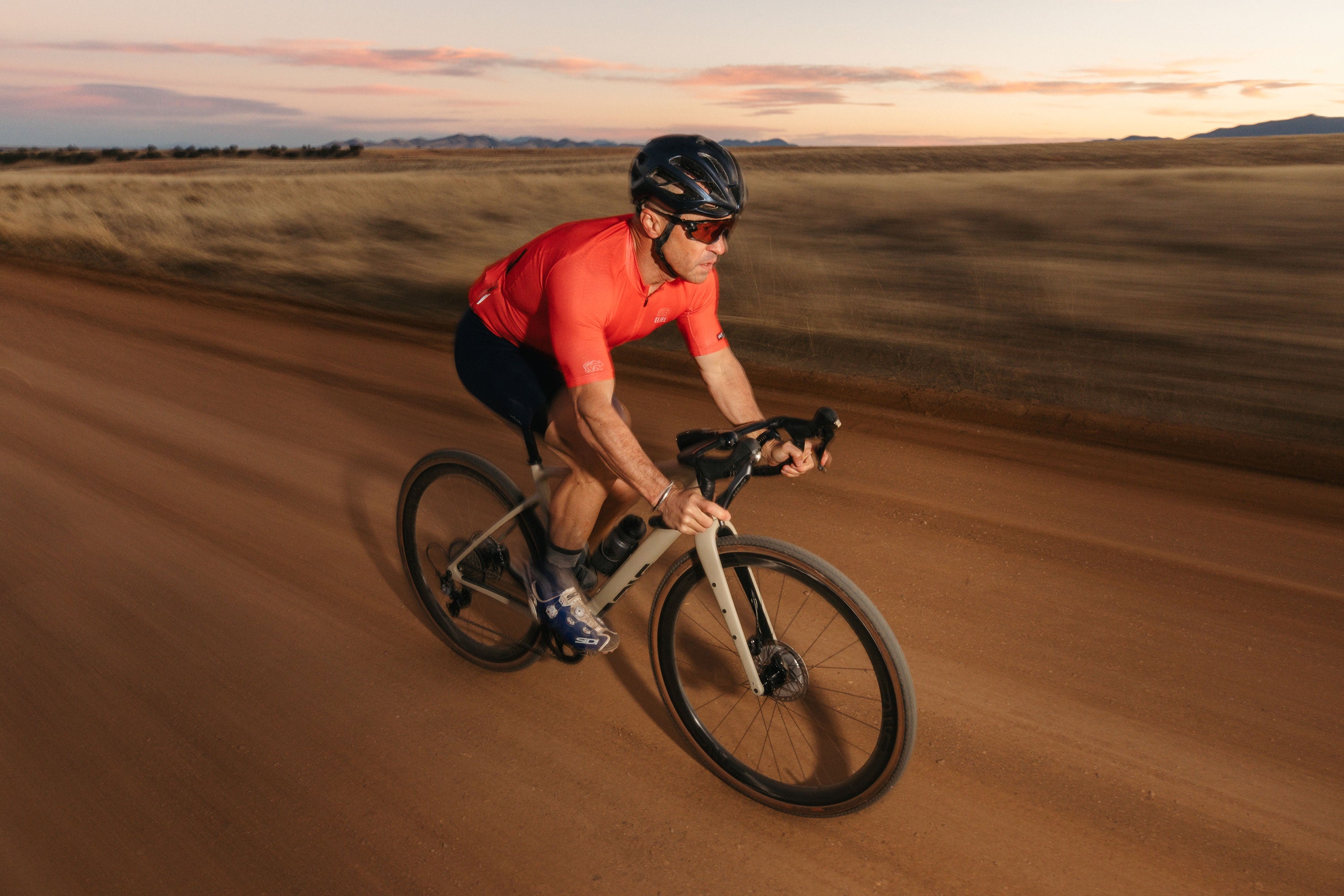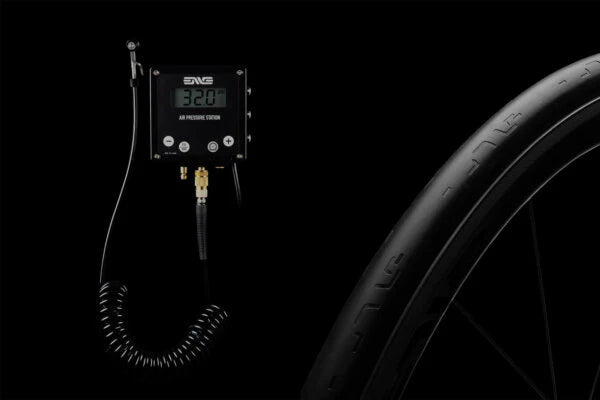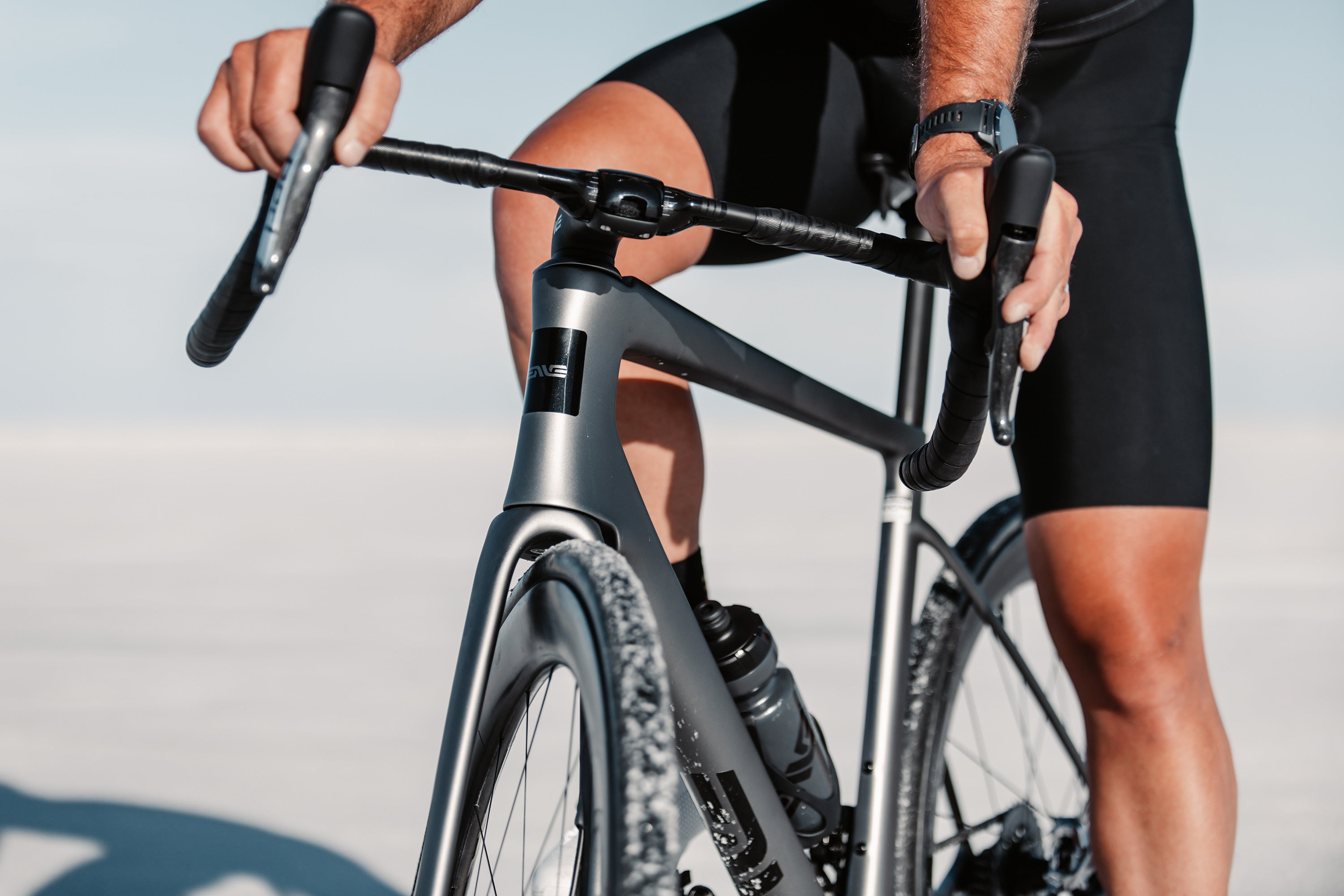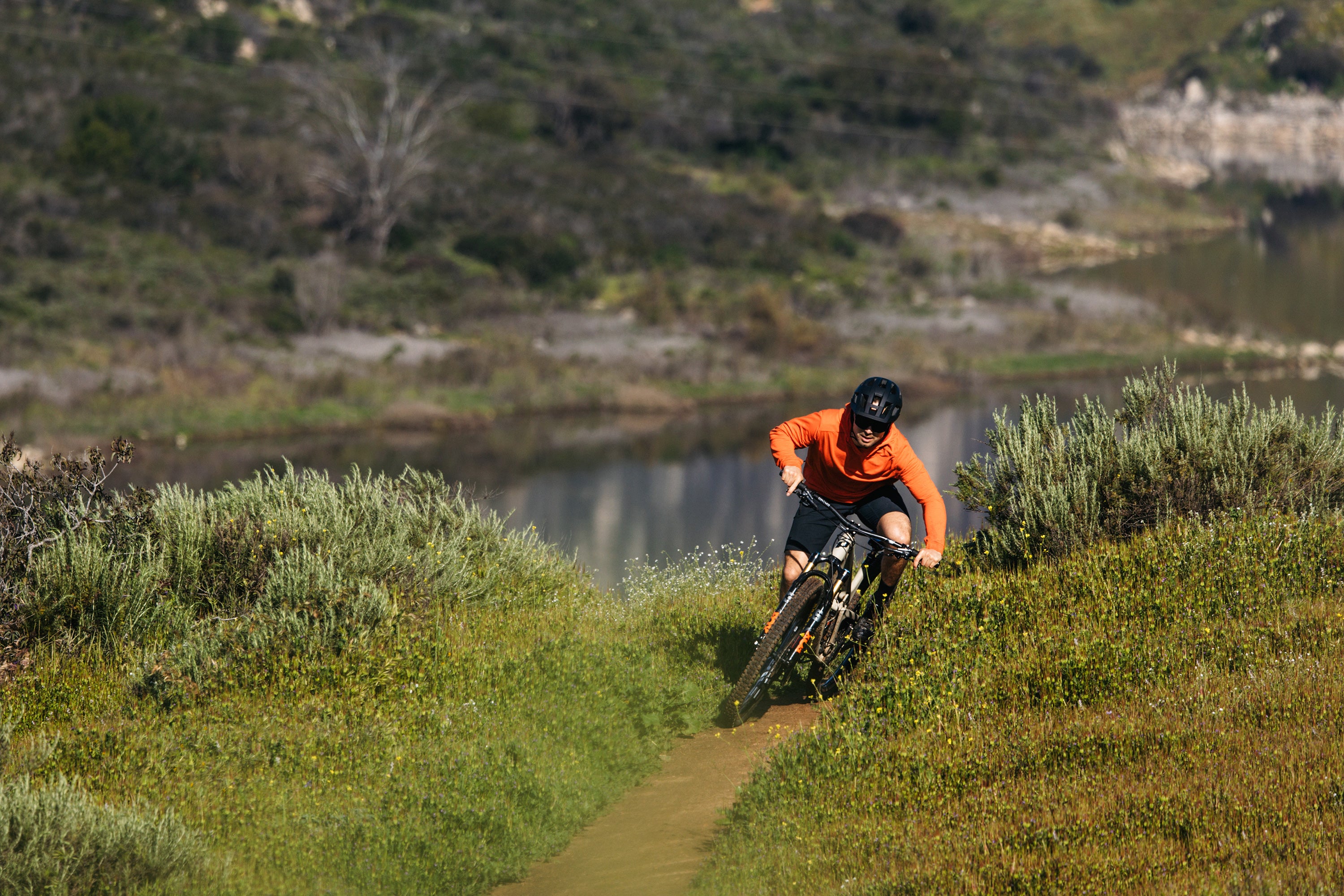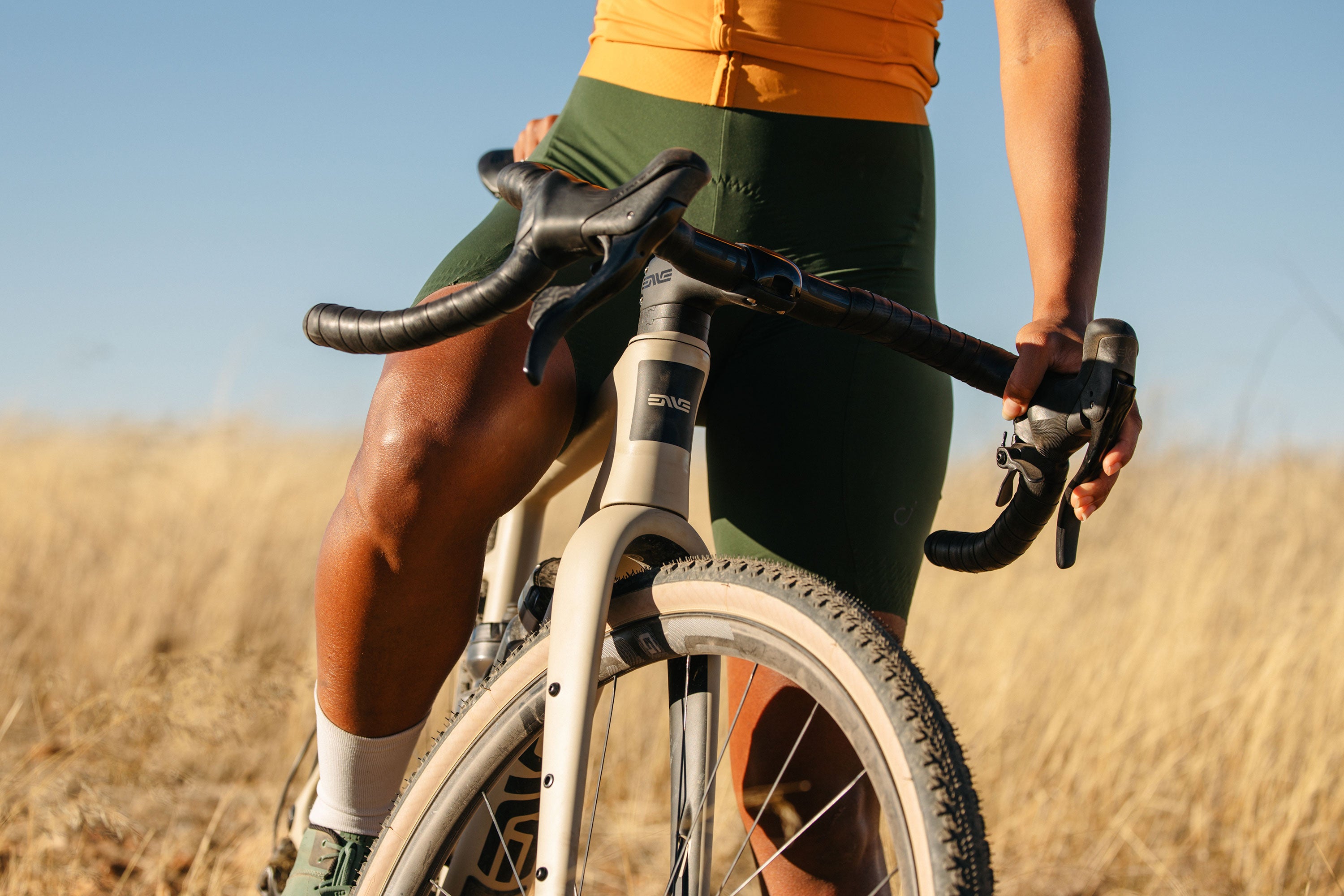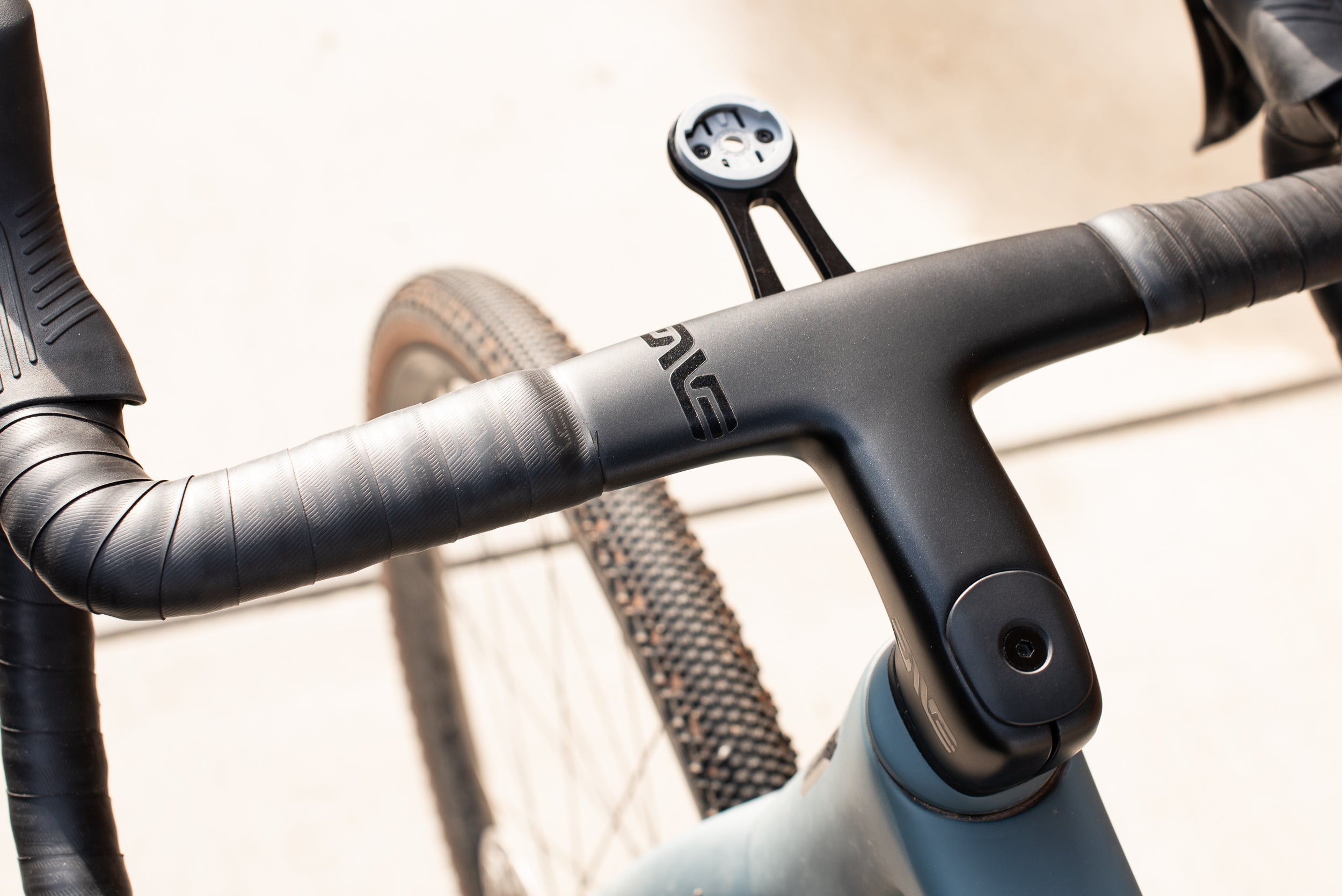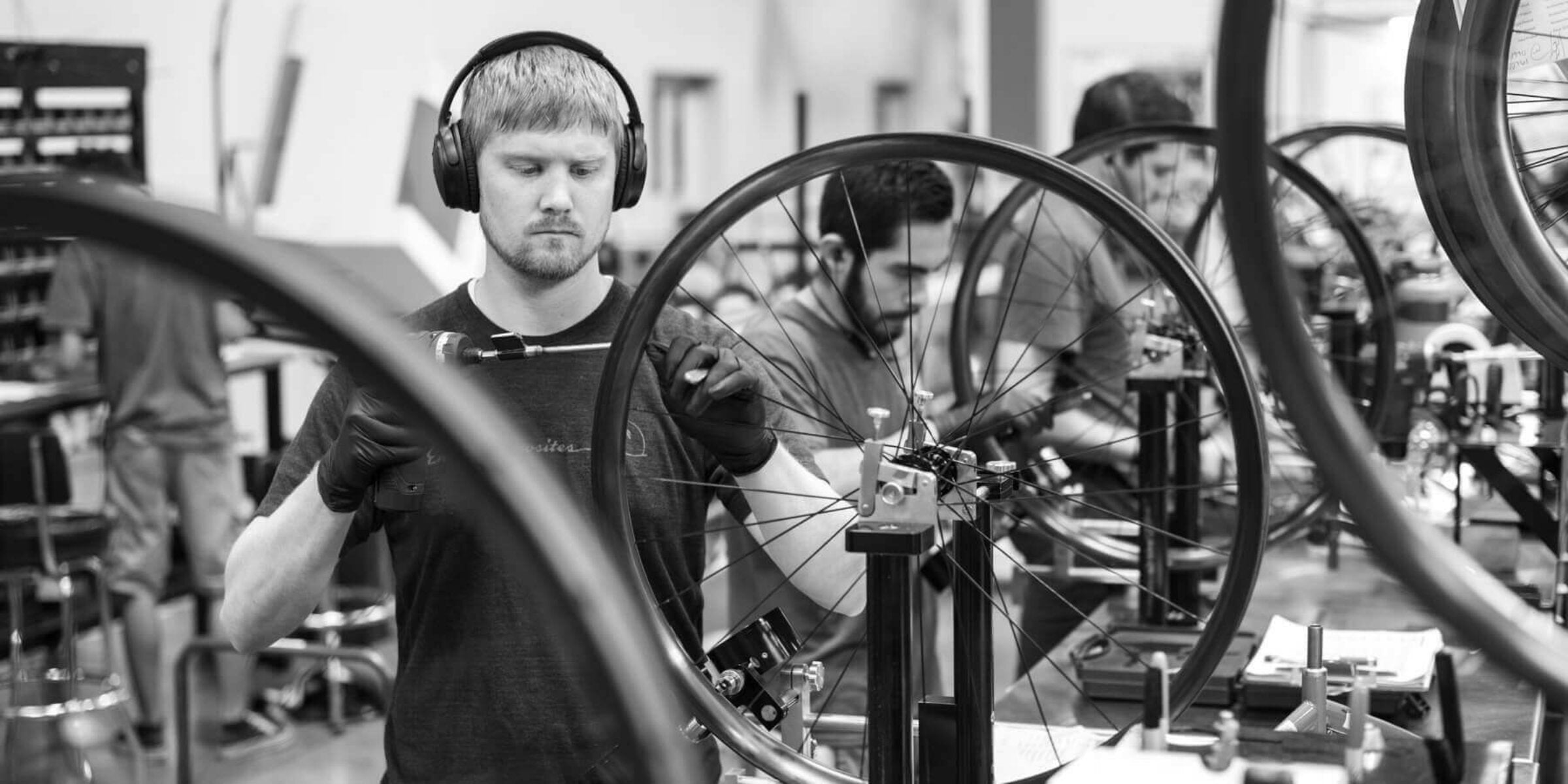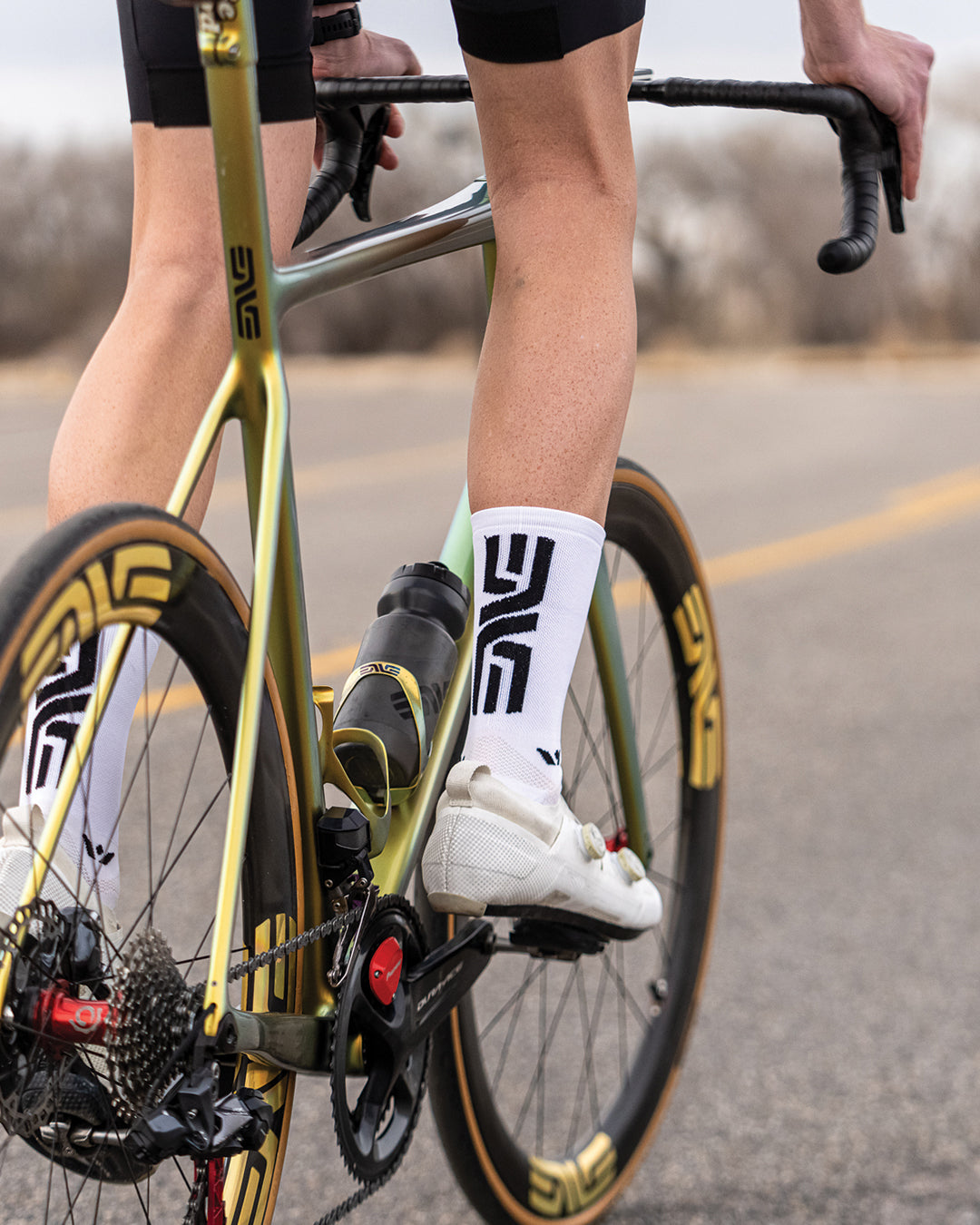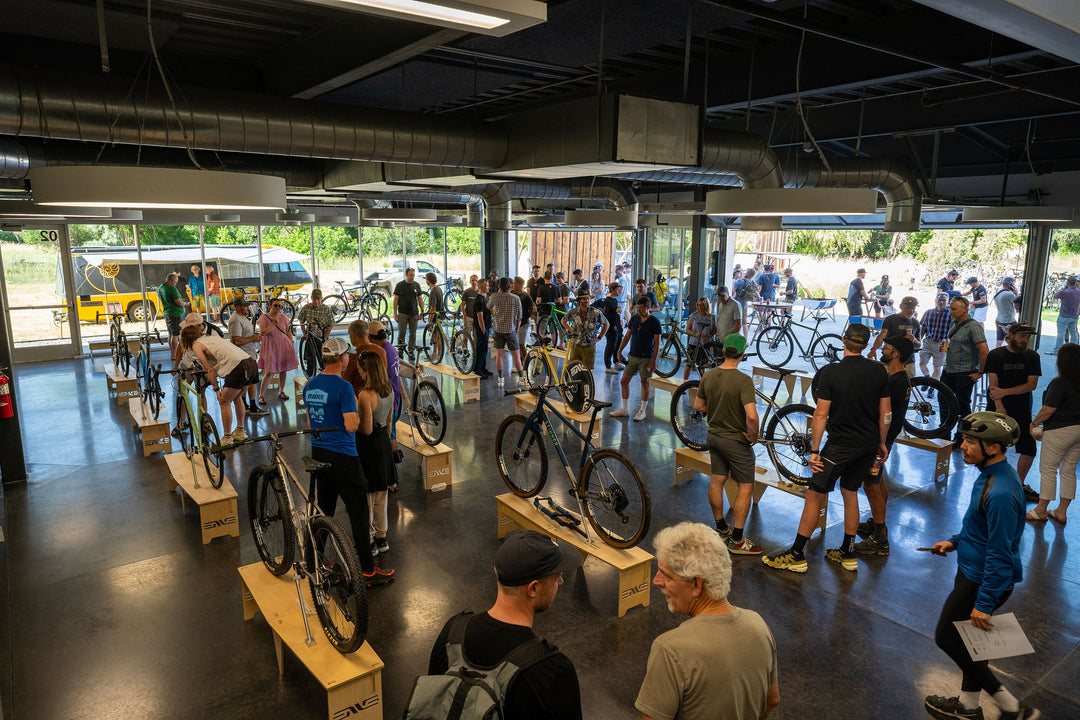Tadej’s Path to a Fourth Tour de France Title is Set
By Zach Nehr
The final warning shots have been fired at the Critérium du Dauphiné, and now we are within days of the start of the Tour de France. Tadej Pogačar is the defending champion with his sights set on winning a fourth yellow jersey. He will be backed by a strong squad from UAE Team Emirates–XRG that includes the likes of João Almeida, Adam Yates, and Pavel Sivakov.
After finishing second twice to Jonas Vingegaard, Tadej dominated last year’s Tour, winning six stages and the GC by more than six minutes. The dominance was deafening – Tadej won the final three stages of last year’s Tour, including the final time trial in Nice. No one could even come close.
This year’s Tour offers a completely different parcours, completely lacking mountains until Stage 12 and the Hautacam. There is much more time trialing in this year’s Tour, though the second TT is straight up the 8.1 km Peyragudes. While the Tour doesn’t end with a time trial, it doesn’t feature the traditional Champs-Élysées route either. Tadej and his team will have something new from ENVE that will make them even more impactful in the mountains. That product will be released on July 3rd, just in time for them to ride it on any chosen stage.
Tadej is the odds-on favorite for the Tour de France, but anything could happen on the roads leading to Paris.
This is the 2025 Tour de France preview.

Sprints and Medium Mountains in the Opening Stages
There are 33 classified climbs in the first 11 stages of the Tour. Yet, none of these are mountain stages. In fact, the longest climb in the first half of the Tour is only 5.6 km. But that doesn’t mean there won’t be plenty of opportunities to attack.
Stage 1 is expected to end in a bunch sprint, but Stage 2 already offers an opportunity for Tadej and the puncheurs. After the 900m Côte de Saint-Etienne-au-Mont and 800m Côte d’Outreau, Stage 2 features an uphill finish in Boulogne-sur-Mer. Stage 4 features a similar profile, including six classified climbs in the final 65 km, before a flat finish in Rouen.
Stage 7 offers the most difficult parcours of the Tour’s opening week with 2,315 meters of climbing over 195 km, including an uphill finish on the Mûr-de-Bretagne, where Mathieu Van der Poel famously won and took the yellow jersey in 2021. Stages 10 and 11 offer challenging routes on either side of the first rest day, with the former finishing on the hardest climb up to this point in the race: Le-Mont Dore (3.2 km at 7.9%). If Tadej doesn’t already have a stage win, he will surely be eyeing up Stage 10 as a moment to strike.
In between the punchy stages are flat sprint stages in the opening half of the Tour. Tadej and his teammates will need to be fast on all sorts of terrain, including 10% climbs and 60 kph crosswinds. The team will ride ENVE’s SES line of wheels throughout the Tour, which could be a key factor for both the GC and stage wins.
Tadej will likely ride the SES 4.5 wheels in the Tour’s opening week, which includes more than 30 short and steep climbs that offer plenty of opportunities to attack. Once they hit the high mountains, expect to see something new from ENVE shining bright at the front. Not only could Tadej look for stage wins in the first half of the Tour, but he could also accumulate crucial bonus seconds for the General Classification.

Stages 5 and 13 – Individual Time Trials
This year’s Tour de France features two time trials whose parcours could not be more different. First up is the Stage 5 TT in Caen, featuring a 33 km route with only 177m of climbing. The hardest “climb” on the route is a mere 440m at 4.1%. The TT specialists will be eyeing the stage win while lightweight GC riders will try to limit their losses.
Tadej could certainly take time on his rivals in the flat time trial, though his TT performance at the Dauphiné was quite underwhelming.
Contrast that with Stage 13’s time trial, which features the 8.1 km climb of the Peyragudes. After a rolling 3km lead-in, Peyragudes begins in earnest with gradients reaching up to 20%. Tadej won atop the Peyragudes in 2022, beating Vingegaard in a sprint after Brandon McNulty paced the entire climb for Tadej. This year’s effort will be completely different as riders will climb the Peyragudes with completely fresh legs. That brings us to our first climbing prediction of the 2025 Tour de France – we could see the best 17-18 minute climbing performances of all-time in Stage 13.
There are many different ways to measure climbing performance, but here, we’ll use VAM to compare and contrast Pogačar’s estimated efforts. VAM is an acronym for the Italian phrase ‘velocità ascensionale media’, but colloquially, it has been English-translated to ‘vertical ascent in meters.’ In other words, VAM is an estimate of the number of vertical meters you climb per hour.
You can think of VAM like speed, but vertically. Instead of traveling horizontally at 20 kph or mph, you are climbing at a VAM of 500 vertical meters per hour, for example. VAM is strongly influenced by the length and gradient of a given climb – it’s easier to produce a higher VAM on shorter and steeper climbs, for example.
An exceptional VAM is >1,500 Vm/h on any given climb, while most amateur riders will be around 300-600 Vm/h. World-class VAM is >1,800 Vm/h, especially on longer climbs, in the heat, and up to high altitudes.

Peyragudes – 2025 Tour de France Stage 13 TT
Estimated Time: 17-18 minutes
Estimated VAM: 2,000-2,100 Vm/h

Key Climbs
Peyragudes is not the first mountain test of the Tour – in fact, that test comes one day earlier on the Hautacam (13.6 km at 7.8%). On this climb in 2022, Vingegaard dropped Tadej for good after a furious leadout from Wout Van Aert. So there is plenty of history on this climb for Tadej, history that he will want to rewrite in the first major summit finish of the 2025 Tour.
Hautacam is nearly a 40-minute effort, so we could expect a climbing pace similar to Tadej’s brilliant performance last year on Plateau de Beille. Tadej did nearly 1,900 Vm/h for 40 minutes that day, and Hautacam is expected to be a bit shorter. Whatever happens on Stage 12, it will be a nice appetizer for what’s to come in the mountainous third week of the Tour.
Hautacam – 2025 Tour de France Stage 12
Estimated Time: 32-34 minutes
Estimated VAM: 1,800-1,950 Vm/h

There are four more summit finishes between Stages 14-18, but we have to highlight the most mythical mountain of all: Mont Ventoux. Following the second rest day, Stage 16 begins with 150 km of relatively flat roads before the 19.5 km 7.9% climb to Mont Ventoux. This could serve as a nice warmup for the GC riders who will shelter behind their teammates on their way to the climb.
But as soon as the gradient begins to rise, it only gets harder all the way to the finish. Even when the gradient reaches 5-6% in the final few kilometers, the riders will be pedaling at 1400-1900 m elevation, and fully exposed to the sun on what could be a very hot day.
Mont Ventoux is the longest climb in this year’s Tour, which means that a GC rider with bad legs could lose minutes on the road to the summit. Tadej will certainly attack – the real questions are, 1) How many times will he attack? And 2) Who can stay with him, if anyone?
Mont Ventoux – 2025 Tour de France Stage 16
Estimated Time: 54-56 minutes
Estimated VAM: 1,750-1,850 Vm/h

In analyzing the Tour’s most important climbs, the honorable mentions go to Luchon-Superbagnères (12.4 km at 7.4%) on Stage 14, Col de la Loze (26.3 km at 6.5%) on Stage 18, and La Plagne (19.5 km at 7.2%). These climbs deserve equal attention from both viewers and the riders. Anything could happen on these mountains, especially when the elevation surpasses 2000 meters.
La Plagne is the final opportunity for the climbers, since Stages 20 and 21 feature flat roads and a few short, punchy hills. While Stage 20 is likely to go to the breakaway, Stage 21 features the iconic finish on the Champs-Élysées. However, for the first time, the final stage of the Tour will feature three climbs up Montmartre, the 1 km 5.8% climb used in the Paris Olympics Road Race. With the final Montmartre cresting just 6.5 km from the finish, it’s unlikely we'll see a bunch sprint on the Champs-Élysées.
Conclusion
The 2025 Tour de France could be a turning point in cycling history. Tadej Pogačar has been the best cyclist in the world for over a year, but it wasn’t long ago that he lost the Tour twice to Vingegaard. Even in 2024, Pogačar’s dominance carried the asterisk that Vingegaard had a horrible crash in the Itzulia Basque Country less than three months before the Tour.
This year, Tadej and his GC rivals are in flying form. Having just battled it out at the Dauphiné, they retreated to altitude for a few weeks before the Tour. With each rider in the form of their life, we will see who is truly the best.
The battle between Tadej and Jonas will grab the headlines, but we cannot forget about the rider who finished third at last year’s Tour, Remco Evenepoel. The Belgian was flying in the Dauphiné time trial, as was Florian Lipowitz, the 24-year-old German who will be co-leader of Red Bull-BORA-hansgrohe alongside Primož Roglič. In terms of the GC, you can never count out Tadej’s teammate in Almeida, or the leader of EF Education-EasyPost, Richard Carapaz.
We are in for a treat with the sprint and puncheur stages, which will feature the most powerful cyclists in the world. Jonathan Milan, Tim Merlier, Biniam Girmay, and Jasper Philipsen will do battle in the sprints, while Mathieu Van der Poel, Wout Van Aert, and Filippo Ganna will look for opportunities in the Classics-style stages. Lastly, you can never count out the veterans who often show their best legs in the biggest races: Julian Alaphilippe, Matej Mohorič, Magnus Cort, and many more.
Tadej has yet another opportunity to cement his name in cycling history at this year’s Tour de France. Few riders have won the Dauphiné and Tour in the same year, and I don’t think there is anyone who has added Strade Bianche, Ronde van Vlaanderen, La Flèche Wallonne, and Liège-Bastogne-Liège to that same list. Tadej is rewriting the history books as we speak.
In 2024, he won six stages of the Tour and the overall by more than six minutes. This year’s parcours offers at least as many stage opportunities for the World Champion, and plenty of opportunities to take time in the GC. We could see the greatest climbing numbers of all-time at this year’s Tour, and keep your eye especially on Stage 13’s time trial up the Peyragudes. Tadej held his cards close to his chest at the Dauphiné, keeping control over his efforts rather than riding all-out. It won’t be long until we see what he is truly capable of at this year’s Tour de France.


